<< Our Photo Pages >> Battlesbury Camp - Hillfort in England in Wiltshire
Submitted by JimChampion on Wednesday, 30 January 2013 Page Views: 26413
Iron Age and Later PrehistorySite Name: Battlesbury CampCountry: England County: Wiltshire Type: Hillfort
Nearest Town: Warminster
Map Ref: ST898456 Landranger Map Number: 184
Latitude: 51.209513N Longitude: 2.147398W
Condition:
| 5 | Perfect |
| 4 | Almost Perfect |
| 3 | Reasonable but with some damage |
| 2 | Ruined but still recognisable as an ancient site |
| 1 | Pretty much destroyed, possibly visible as crop marks |
| 0 | No data. |
| -1 | Completely destroyed |
| 5 | Superb |
| 4 | Good |
| 3 | Ordinary |
| 2 | Not Good |
| 1 | Awful |
| 0 | No data. |
| 5 | Can be driven to, probably with disabled access |
| 4 | Short walk on a footpath |
| 3 | Requiring a bit more of a walk |
| 2 | A long walk |
| 1 | In the middle of nowhere, a nightmare to find |
| 0 | No data. |
| 5 | co-ordinates taken by GPS or official recorded co-ordinates |
| 4 | co-ordinates scaled from a detailed map |
| 3 | co-ordinates scaled from a bad map |
| 2 | co-ordinates of the nearest village |
| 1 | co-ordinates of the nearest town |
| 0 | no data |
Internal Links:
External Links:
I have visited· I would like to visit
achiersnakes visited on 14th Jun 2016 - their rating: Cond: 3 Amb: 5 Access: 4 Site is amazing and very isolated. Short walk on foot from road near the army training ground. Live exercises take place on the Camp - military - but do not be discouraged as the view from the top is fantastic. Great walk around and visible henge surrounding the centre. Worth a visit!
lunaman visited on 22nd Feb 2014 - their rating: Cond: 3 Amb: 5 Access: 4 Visited on a long run from Westbury out and back.
Andy B JimChampion have visited here
Average ratings for this site from all visit loggers: Condition: 3 Ambience: 5 Access: 4

The area of it within the entrenchments contains twenty-three acres and a quarter; the circuit of the outer vallum is seven furlongs and sixty-six yards, and the greatest height of the ramparts is sixty feet.
The south-west angle of this camp is a point deserving particular attention. There the whole space of the inner ditch is occupied by a large circular barrow. A few feet further to the west are two other barrows, over which the great inner rampart passes.
Extract of The Ancient History of Wiltshire by Sir Richard Colt Hoare, published 1812.
Fully up to date details are at Pastscape.
Note: Concern due to illegal metal detecting and digging at a scheduled hillfort in the Warminster area
You may be viewing yesterday's version of this page. To see the most up to date information please register for a free account.
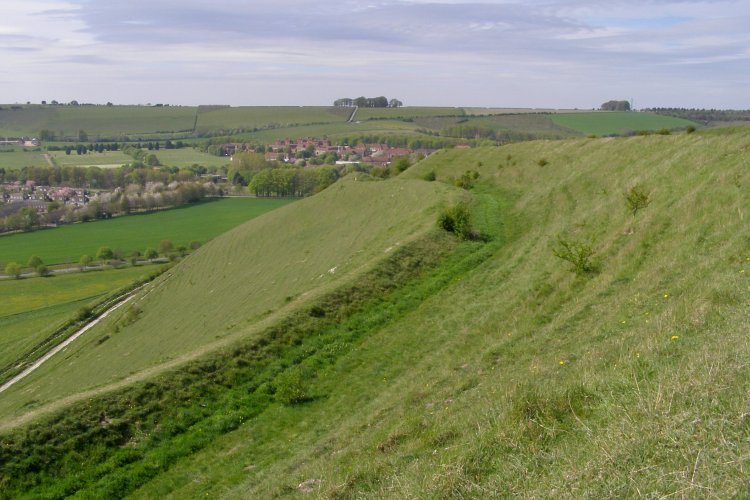
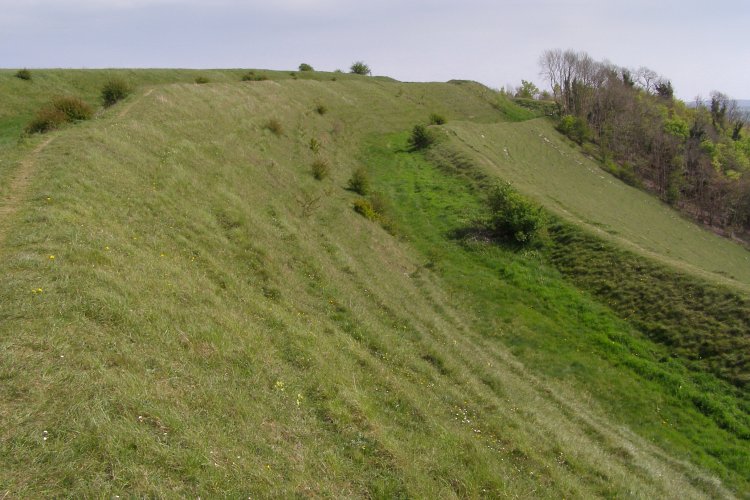
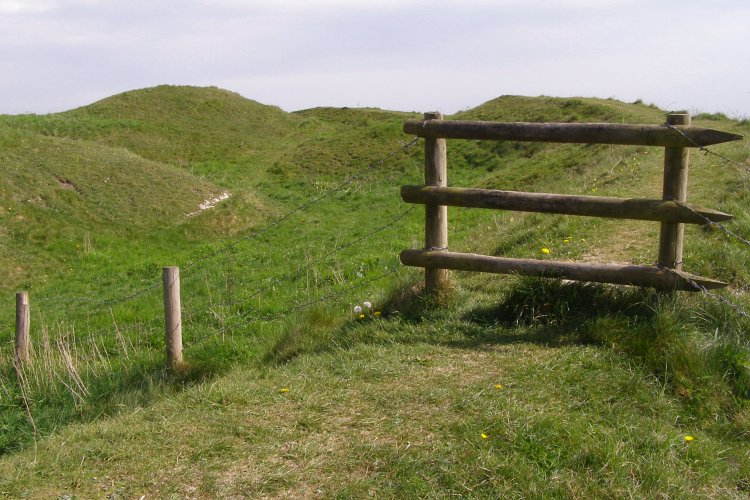
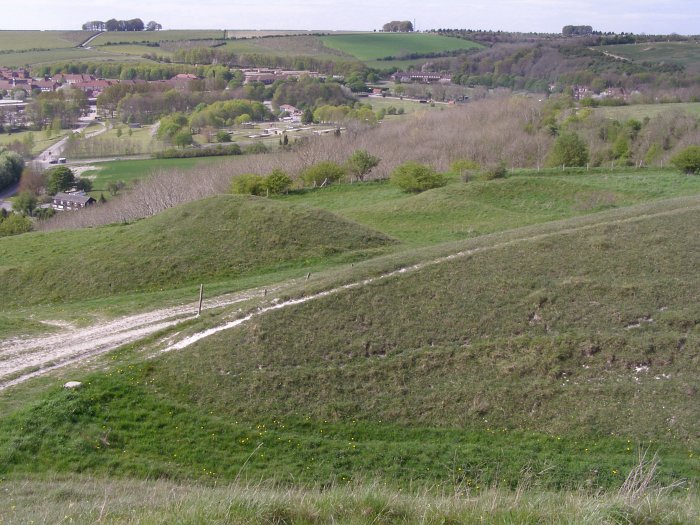

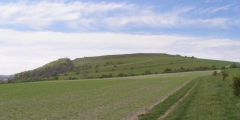
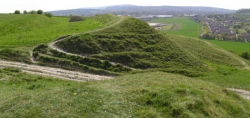
Do not use the above information on other web sites or publications without permission of the contributor.
Click here to see more info for this site
Nearby sites
Key: Red: member's photo, Blue: 3rd party photo, Yellow: other image, Green: no photo - please go there and take one, Grey: site destroyed
Download sites to:
KML (Google Earth)
GPX (GPS waypoints)
CSV (Garmin/Navman)
CSV (Excel)
To unlock full downloads you need to sign up as a Contributory Member. Otherwise downloads are limited to 50 sites.
Turn off the page maps and other distractions
Nearby sites listing. In the following links * = Image available
150m S 180° Battlesbury Bowl Barrow 1 Round Barrow(s) (ST89804545)
163m S 190° Battlesbury Bowl barrow 2 Round Barrow(s) (ST89774544)
200m S 180° Battlesbury hillfort Barrows Round Barrow(s) (ST898454)
200m S 180° Battlesbury bowl barrow 3 Round Barrow(s) (ST898454)
1.1km S 182° King Barrow (Warminster) Long Barrow (ST8975044477)
1.2km SE 125° Middle Hill* Round Barrow(s) (ST908449)
1.5km NNW 348° Mancombe Down Enclosure Ancient Village or Settlement (ST89494710)
1.6km NNE 16° Warminster Long Barrow Long Barrow (ST90244717)
1.7km SSW 198° Boreham Mill Barrows Round Barrow(s) (ST89274400)
1.8km W 269° Cop Heap Round Barrow(s) (ST87984558)
1.9km NNE 18° Oxendean Down barrow Round Barrow(s) (ST904474)
1.9km SE 137° Scratchbury Camp* Hillfort (ST911442)
2.0km NNE 18° Oxendean Down Barrow Round Barrow(s) (ST90404746)
2.0km NNE 17° Warminster Bowl Barrow Round Barrow(s) (ST90384747)
2.1km E 80° Norton Bavant 14 Long Barrow (ST91854596)
2.3km WNW 292° Warminster Round Barrow(s) (ST87674647)
2.3km NNE 12° Oxendean Bottom Barrow Round Barrow(s) (ST90314788)
2.4km WNW 285° Arn Hill Barrow Round Barrow(s) (ST87444623)
2.5km WNW 284° Arn Hill barrow Round Barrow(s) (ST874462)
2.7km WNW 300° Colloway Clump Barrow Round Barrow(s) (ST87464695)
2.8km E 83° Norton Bavant 13 Long Barrow (ST92594595)
2.8km WNW 302° Arn Hill Long Barrow Long Barrow (ST874471)
2.9km N 10° Warminster Down Tumulus Round Barrow(s) (ST90294841)
3.0km ESE 120° West Hill long barrow Long Barrow (ST924441)
3.4km N 11° Bratton Round Barrow(s) (ST90434892)
View more nearby sites and additional images

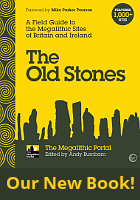




 We would like to know more about this location. Please feel free to add a brief description and any relevant information in your own language.
We would like to know more about this location. Please feel free to add a brief description and any relevant information in your own language. Wir möchten mehr über diese Stätte erfahren. Bitte zögern Sie nicht, eine kurze Beschreibung und relevante Informationen in Deutsch hinzuzufügen.
Wir möchten mehr über diese Stätte erfahren. Bitte zögern Sie nicht, eine kurze Beschreibung und relevante Informationen in Deutsch hinzuzufügen. Nous aimerions en savoir encore un peu sur les lieux. S'il vous plaît n'hesitez pas à ajouter une courte description et tous les renseignements pertinents dans votre propre langue.
Nous aimerions en savoir encore un peu sur les lieux. S'il vous plaît n'hesitez pas à ajouter une courte description et tous les renseignements pertinents dans votre propre langue. Quisieramos informarnos un poco más de las lugares. No dude en añadir una breve descripción y otros datos relevantes en su propio idioma.
Quisieramos informarnos un poco más de las lugares. No dude en añadir una breve descripción y otros datos relevantes en su propio idioma.